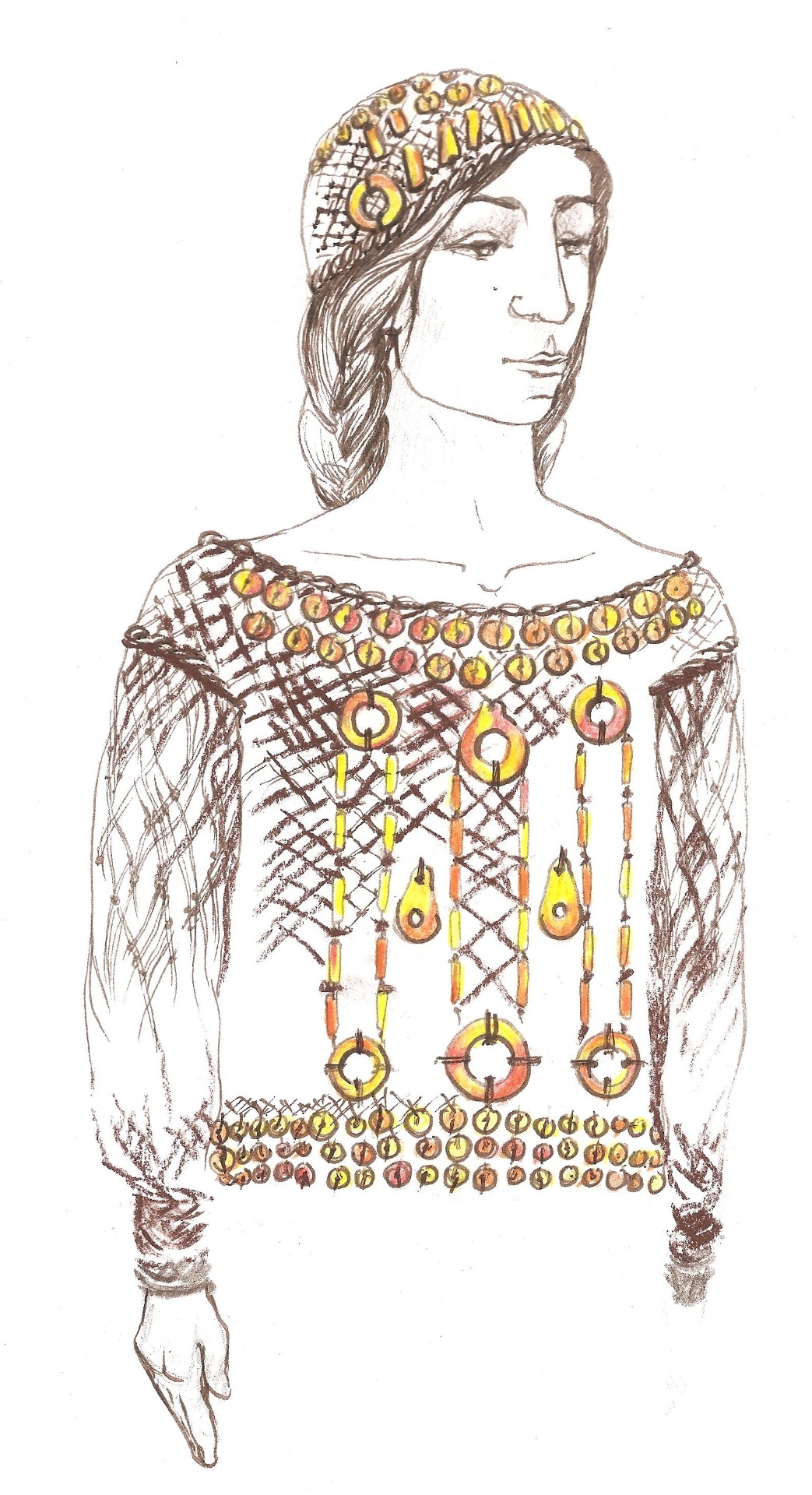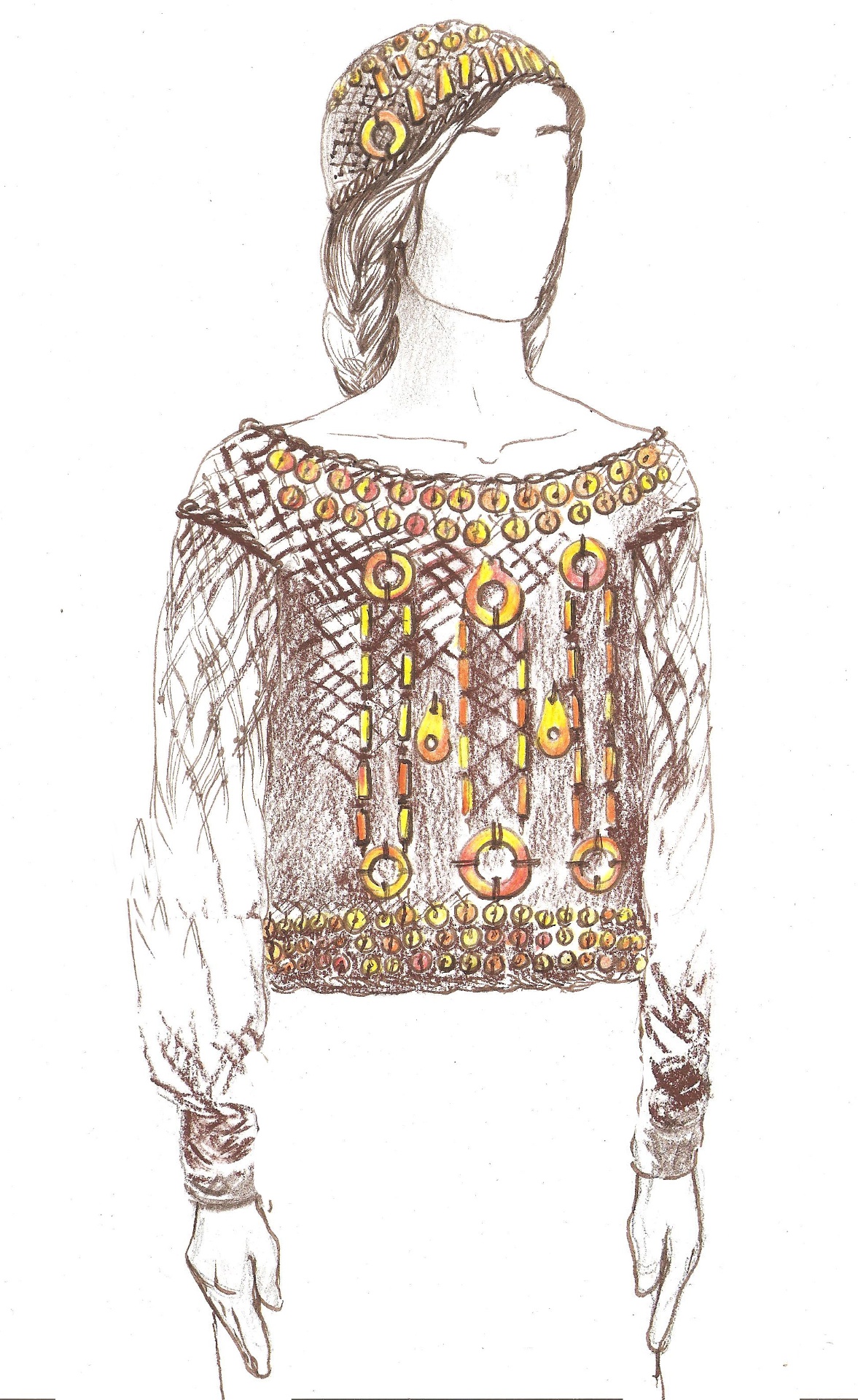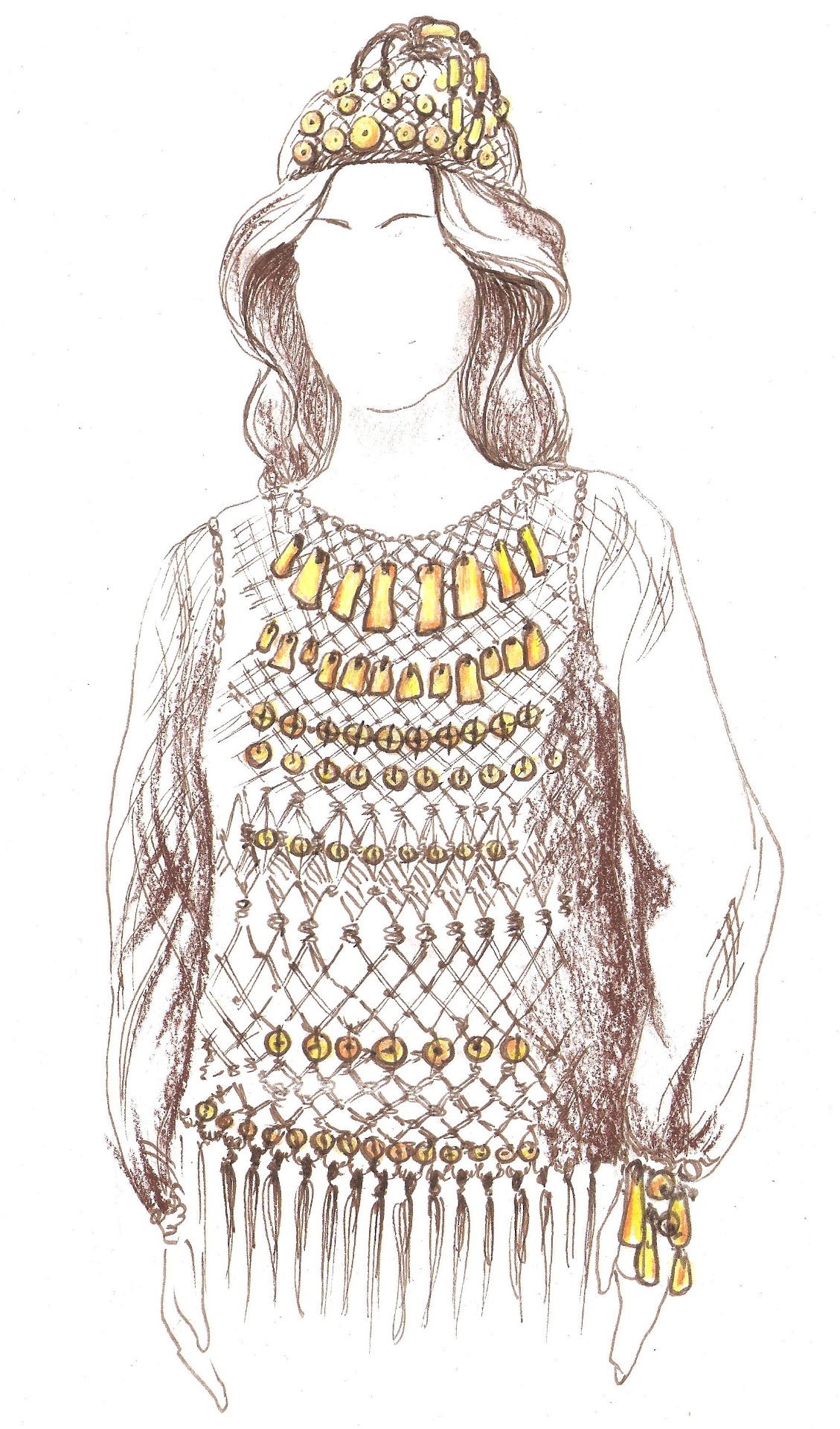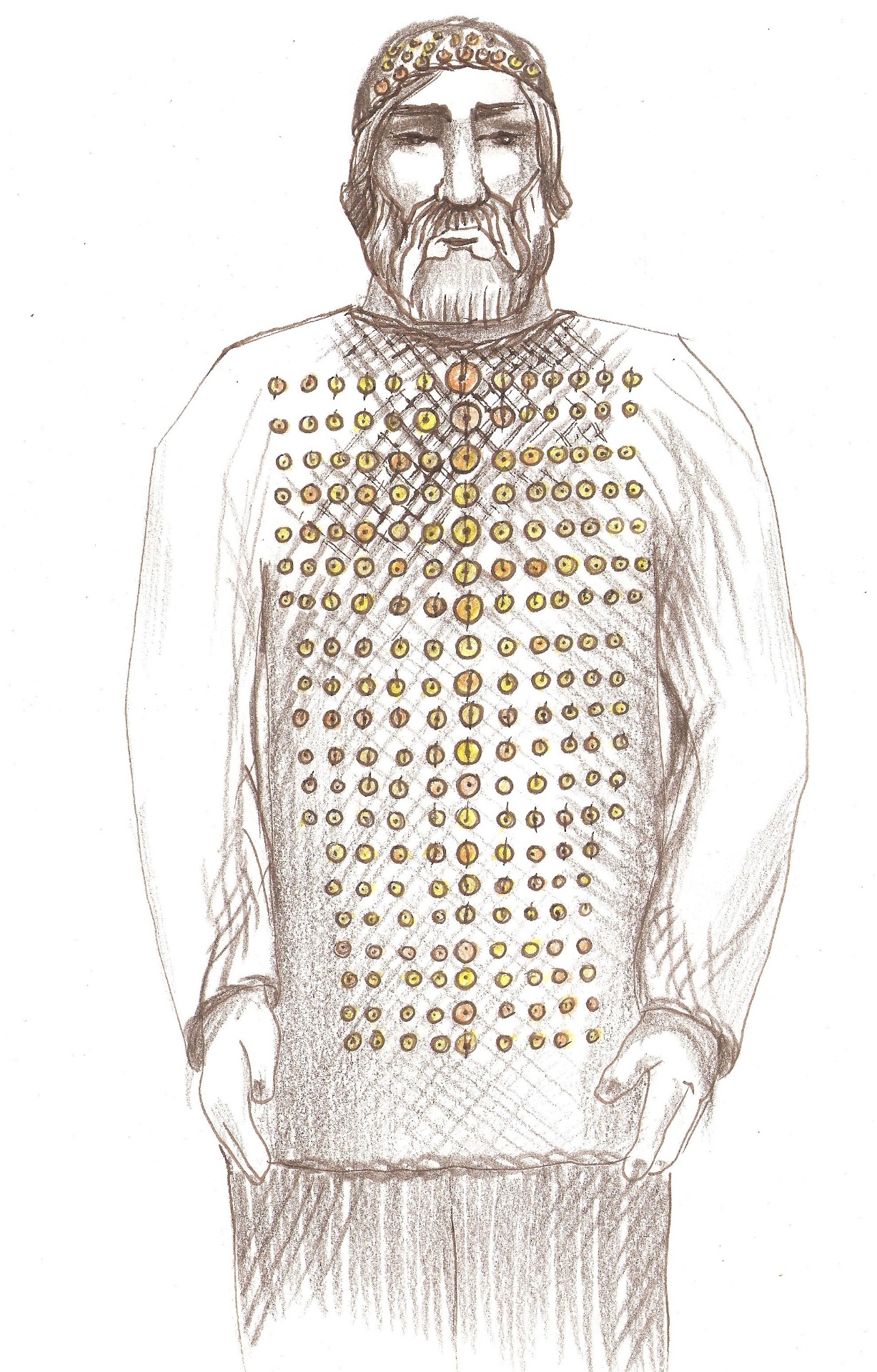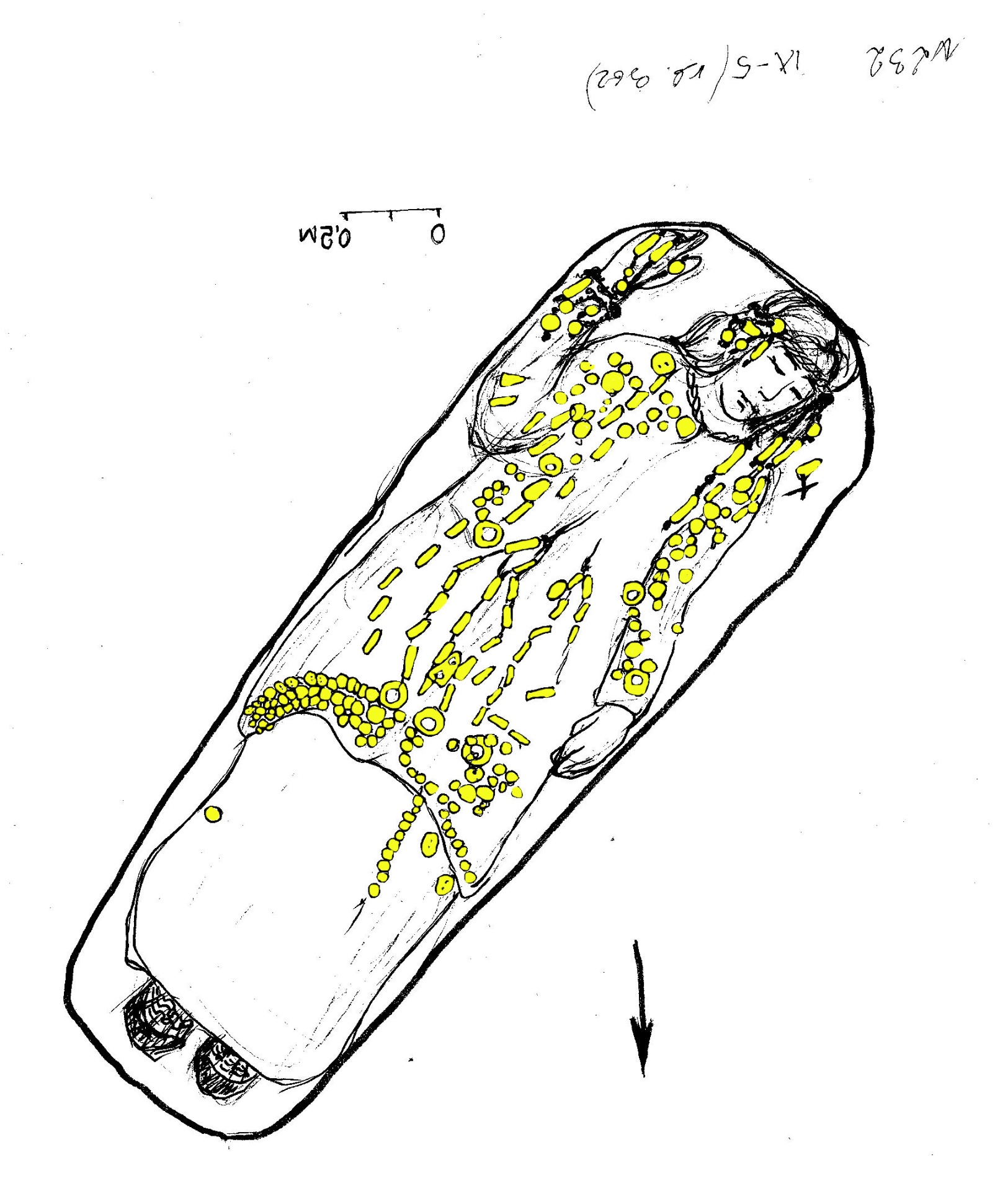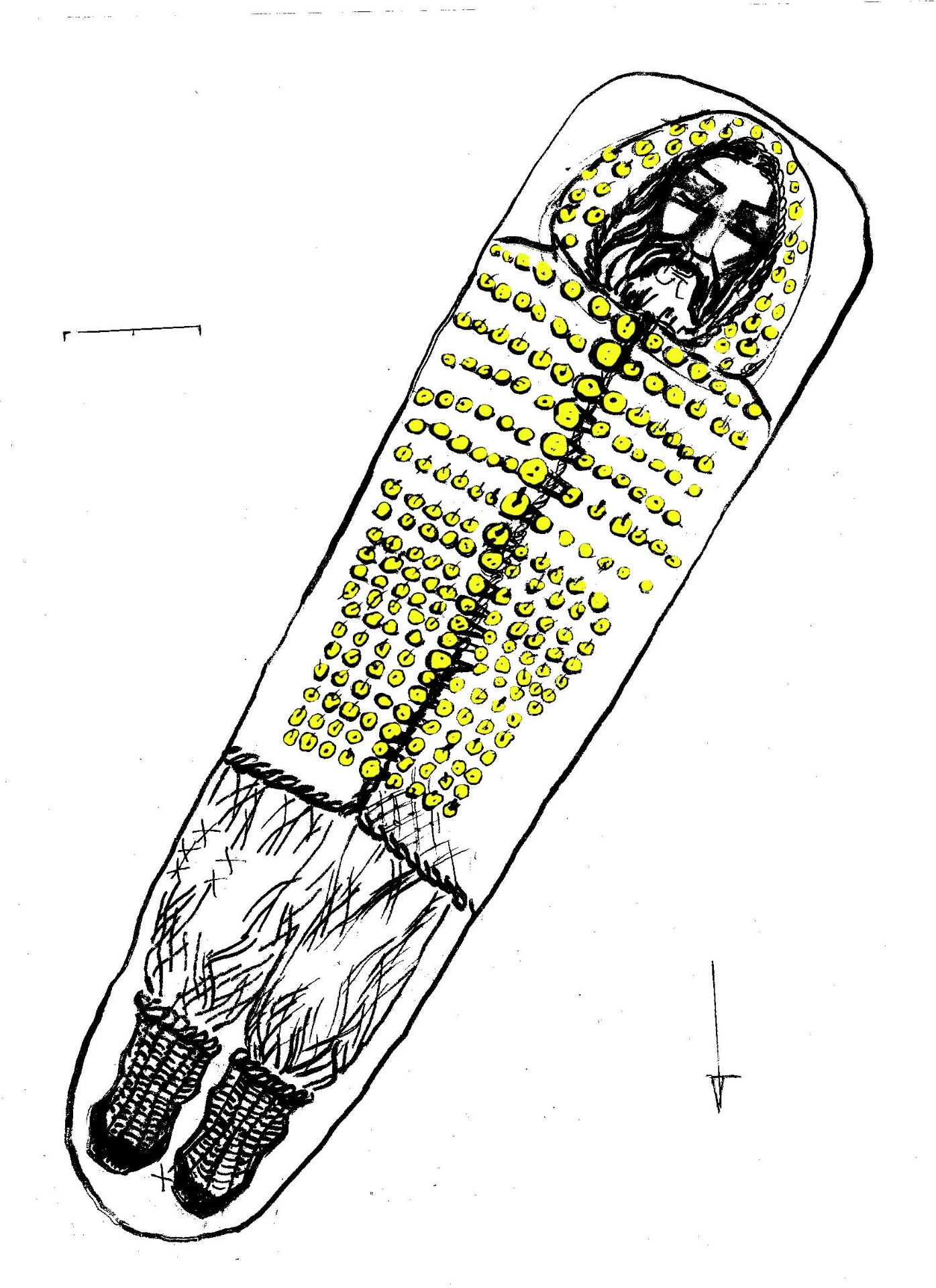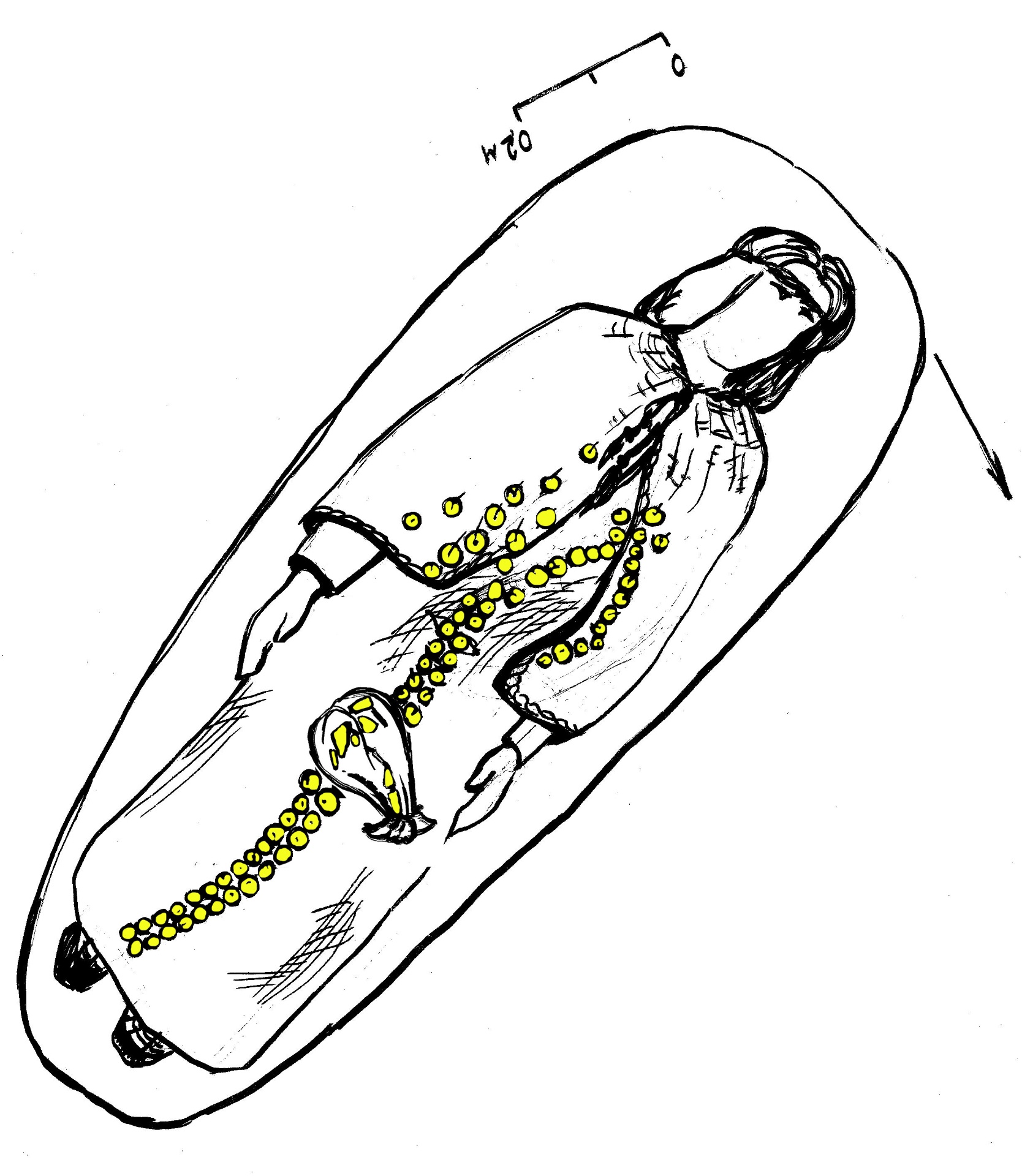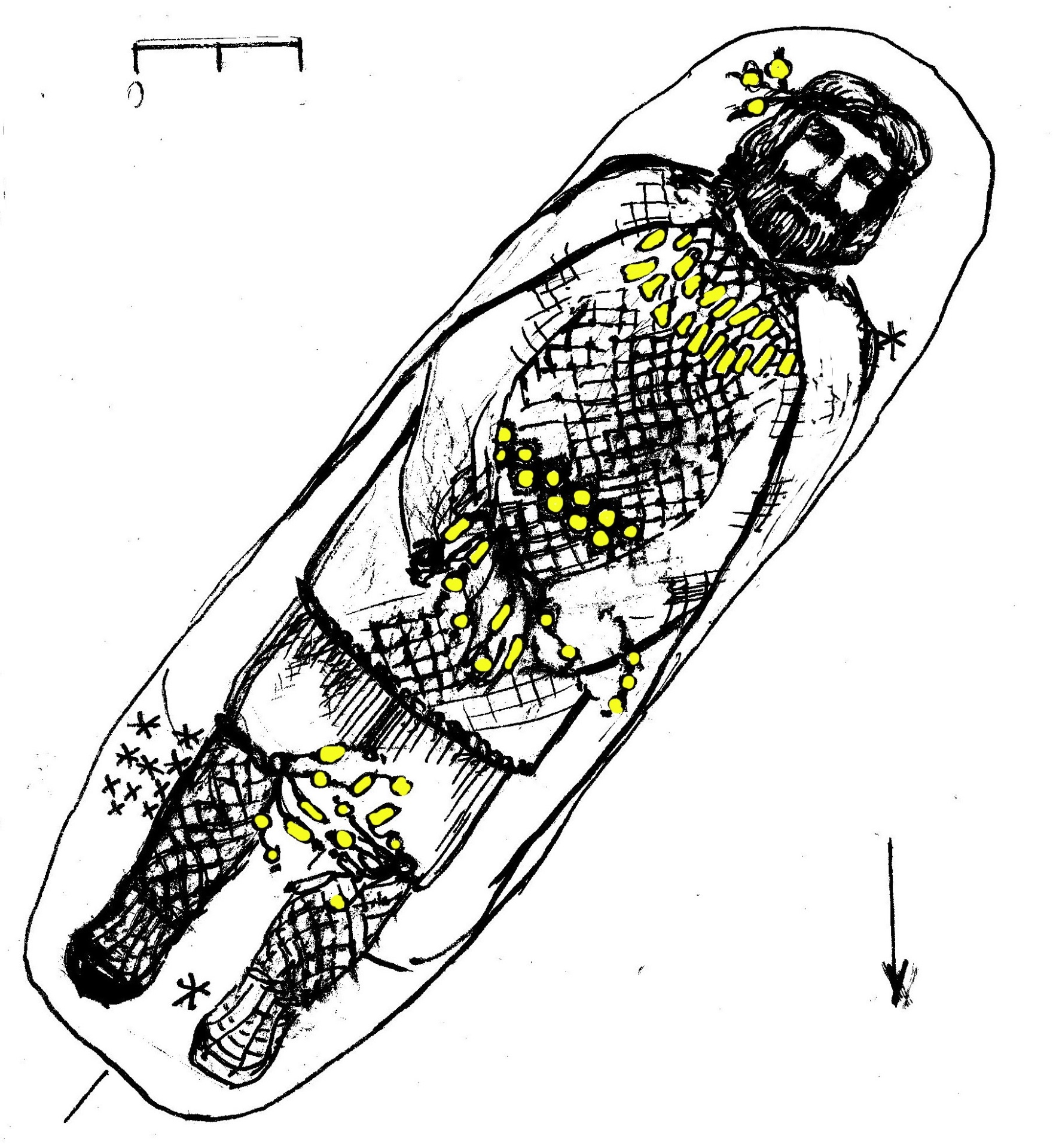Regeneration of the Most Ancient Amber
Study and restoration of amber adornments of the 4th–3rd millennia BC from the Konchanskoye and Repishche burial sites in Novgorod Region
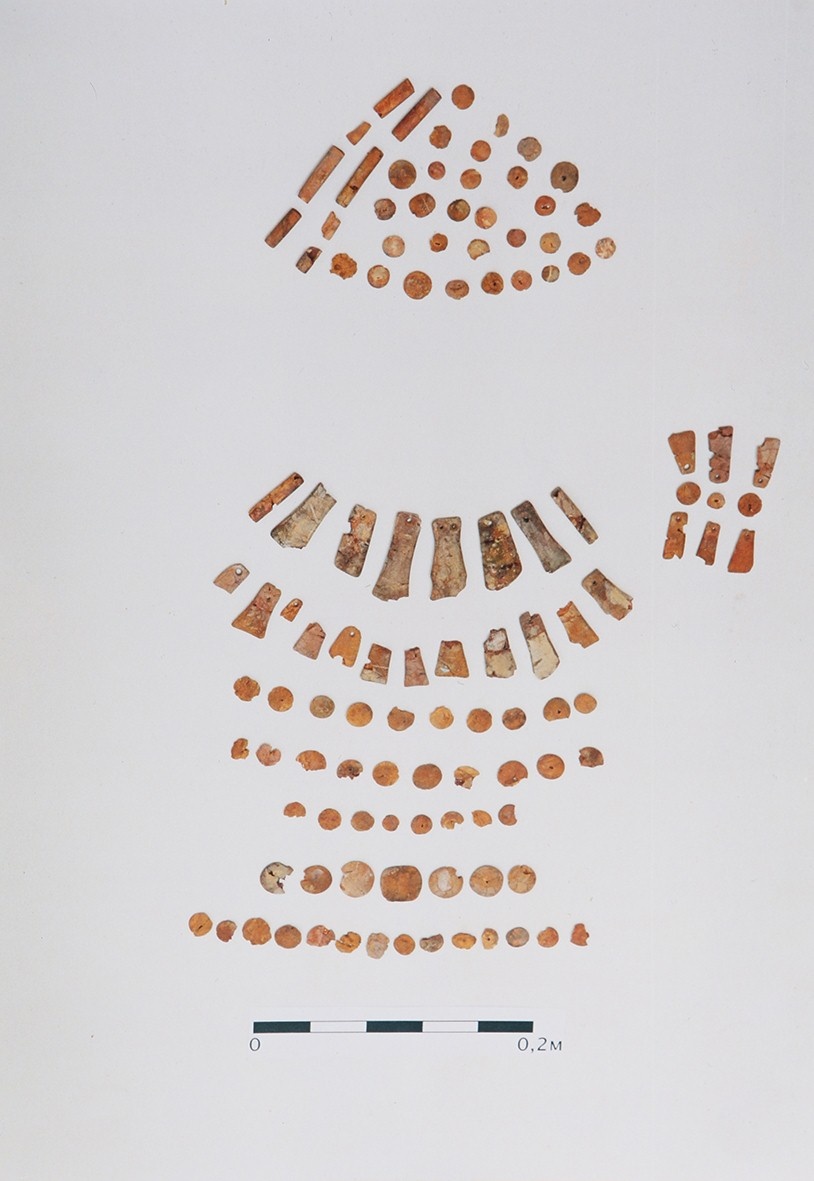
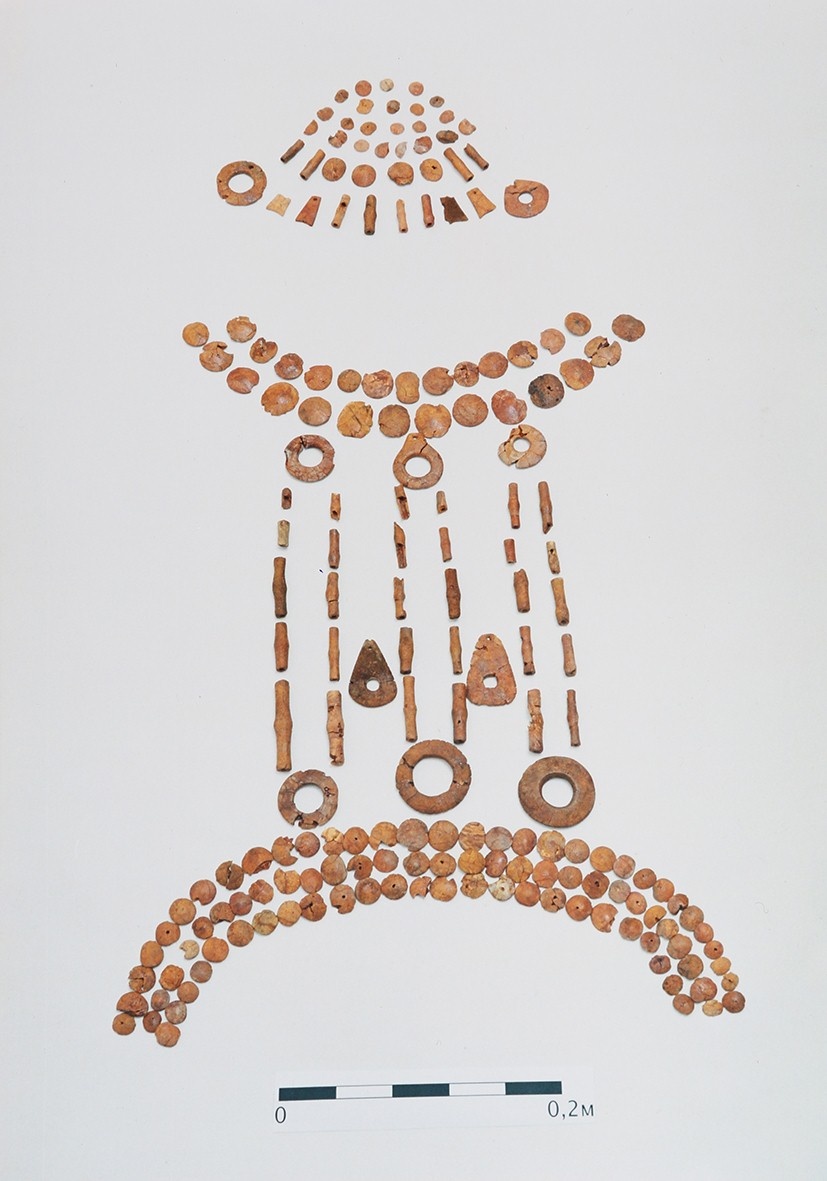
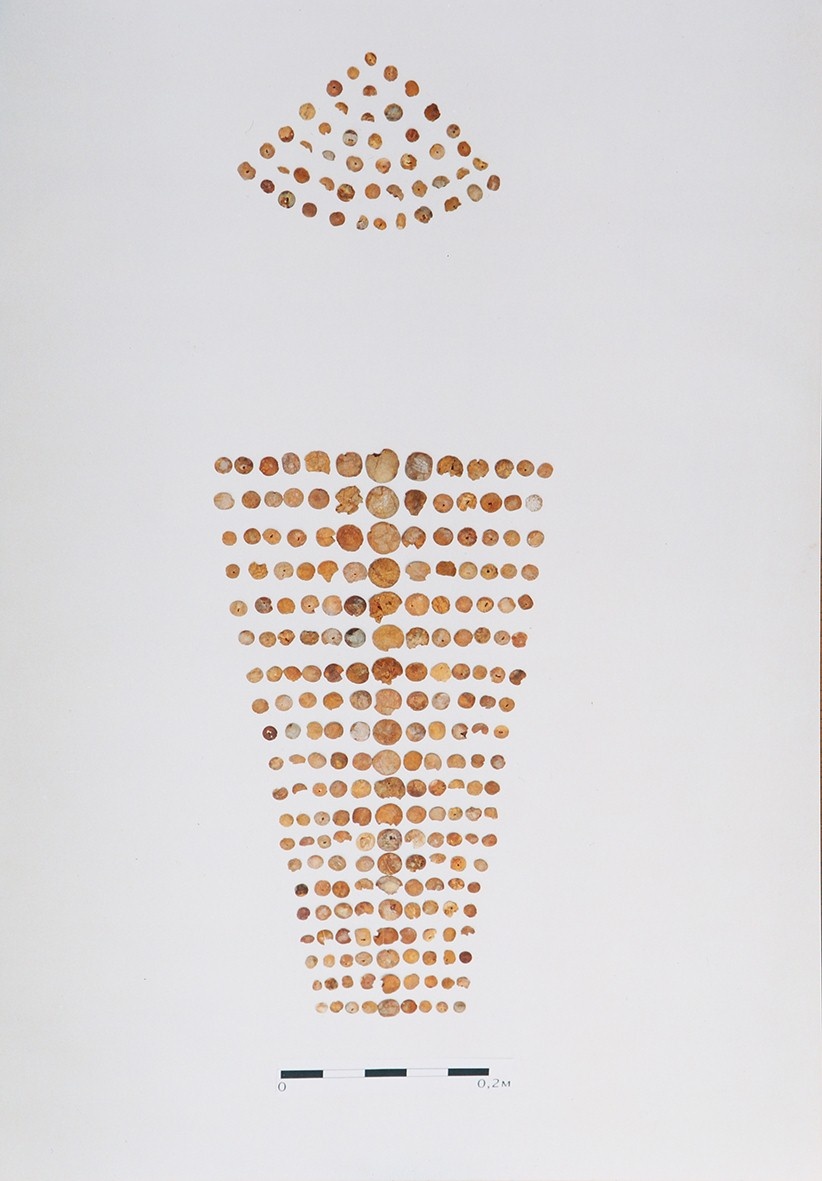
The State Hermitage has formed one of Russia’s largest collections of amber adornments dating from the Neolithic phase of the Stone Age. Today the collection numbers around 10,000 items, pendants and figurines made from amber.
From time to time, the museum’s archaeological stocks are enriched with new unique amber items through transfer from the stores of other research organizations and as a result of the excavation of archaeological sites. In recent years, for example, amber items have been discovered during exploration of the Serteya II pile village, the Kichmalka burial site and the Arzhan–2 tomb complex.
The formation of the stocks of amber items began in 1934, when Nikolas Roerich’s collection came into the Hermitage, transferred from the State Institute of Material Culture that had previously been part of the museum of the Imperial Russian Archaeological Society. In 1902 Roerich carried out excavations of several kurgans on the shore of Lake Sherigordo, near the village of Konchanskoye (now Konchanskoye-Suvorovskoye in Novgorod Region). During that dig, the remnants of Neolithic burials with amber jewellery were discovered beneath the artificial mounds.
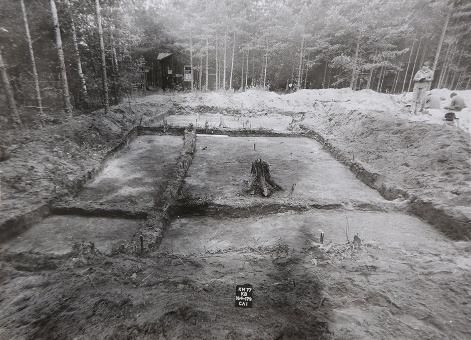
In the late 1970s, the Muscovite researcher Maya Zimina found the location of Roerich’s excavations and discovered there a large ground burial site from the 4th–3rd millennia BCE. Time had spared only the amber and the few flint articles that had been placed in the graves, and that was only because the ancient burial ritual included sprinkling the dead abundantly with ochre. No other objects made from organic materials or the skeletons themselves survived in the sandy loam soils. Success did not desert the researcher and some time later another Stone Age burial site was discovered a few kilometres from Konchanskoye. There too, only amber and flint artefacts had survived. Altogether, 472 graves were opened at the Konchanskoye and Repishche sites. Excavations produced a large number of amber items – adornments of clothing, necklaces, pendants with anthropomorphic depictions – and flint figurines. The way the amber artefacts were located in the burials makes it possible to determine their purpose and to picture how clothing with embellishments made from the “sunny stone” would have looked.
Conservation and restoration of the finds
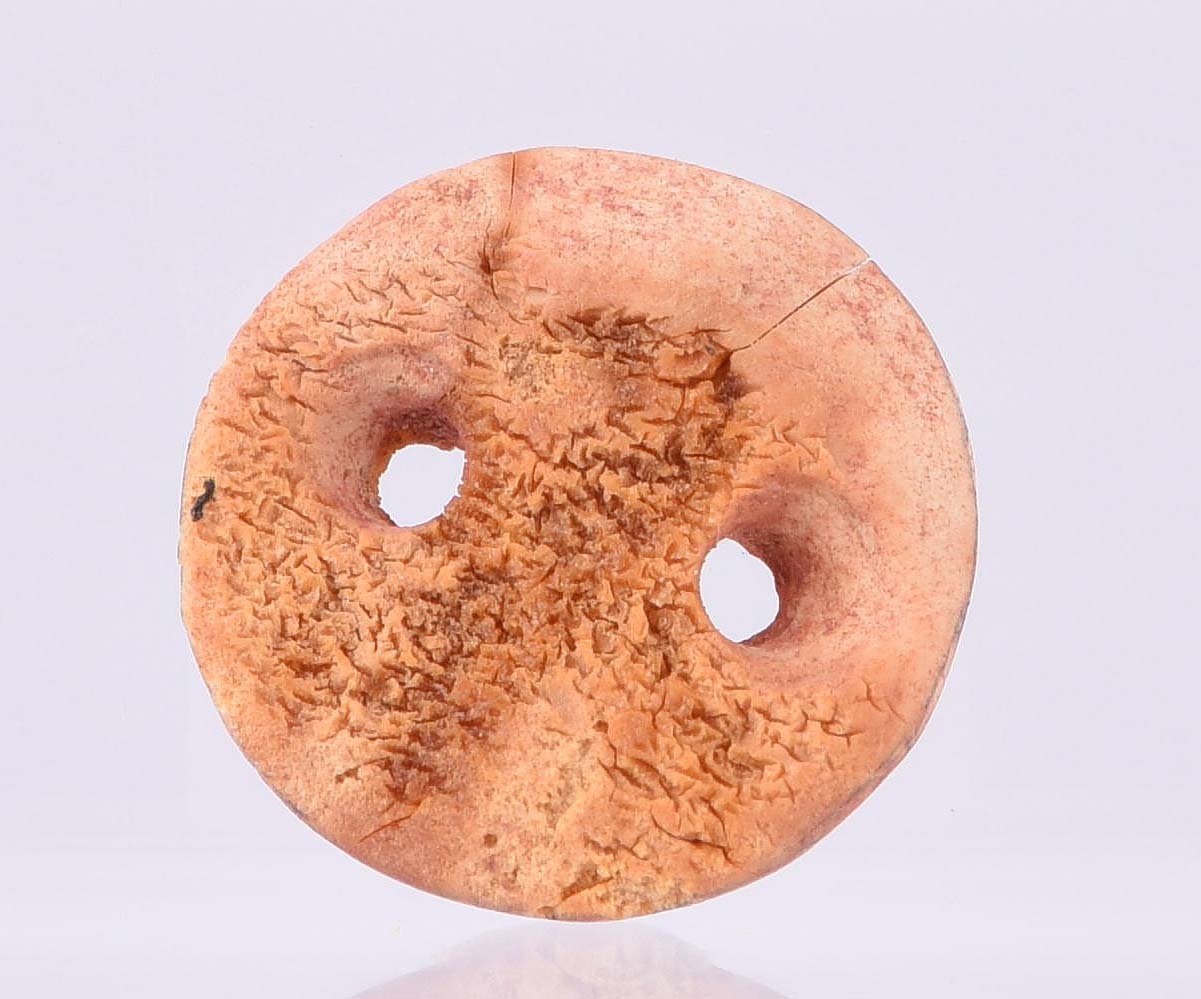
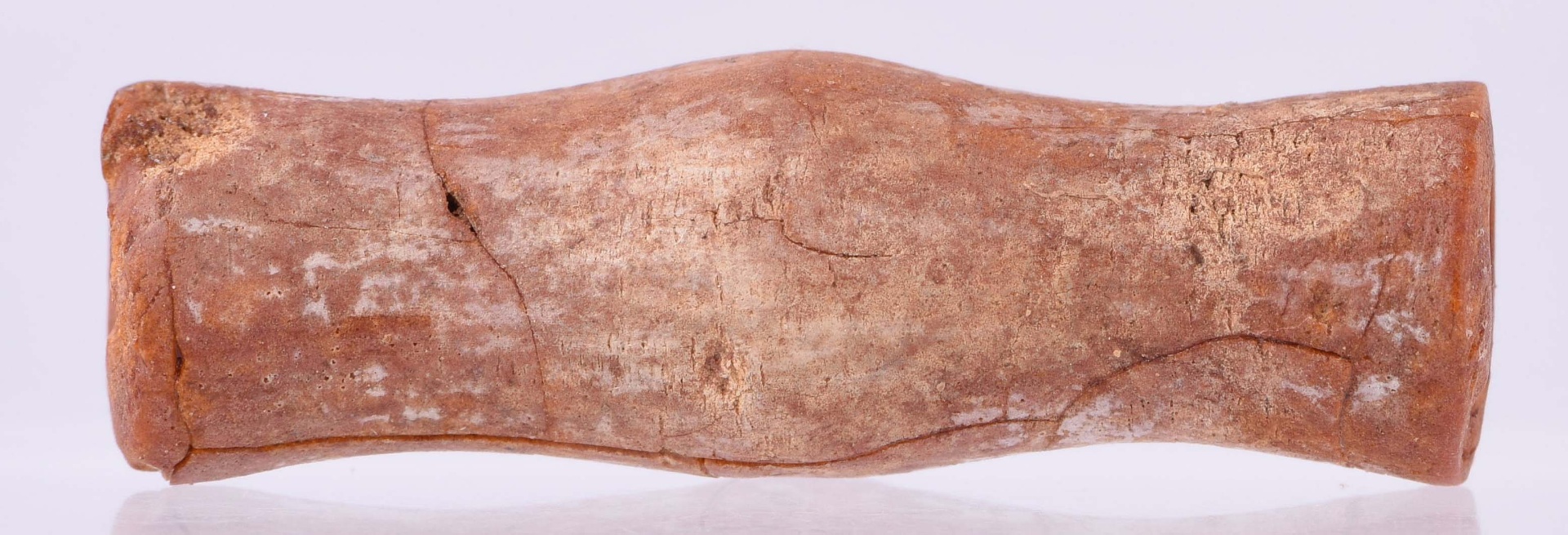
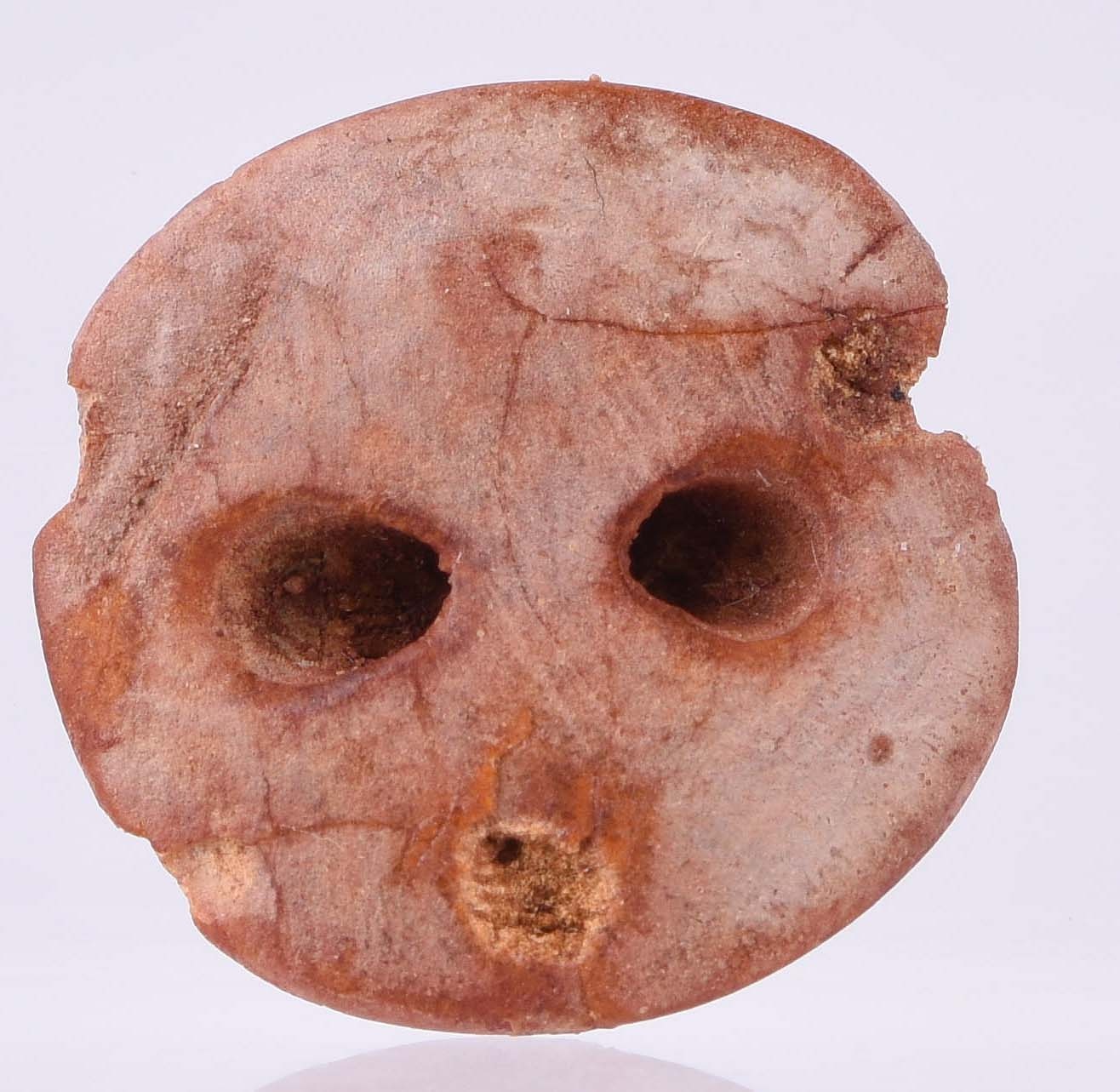
The preservation of amber archaeological artefacts is a task that never ceases to be relevant in our museum. Although the restorers in the Laboratory for the Scientific Restoration of Organic Materials do have experience in the conservation of such finds, the many problems associated with this material demand a search for new approaches.
During the time they spent in the cultural layers, amber archaeological finds have undergone physical and chemical changes that make their condition very different from present-day amber articles. Besides that, on extraction an amber object will become oxidized, which leads to cracking, while the effect of ultraviolet rays causes the material to lose its transparency. In other words, after it is dug up an archaeological amber artefact continues to deteriorate slowly, and that process has to be halted.
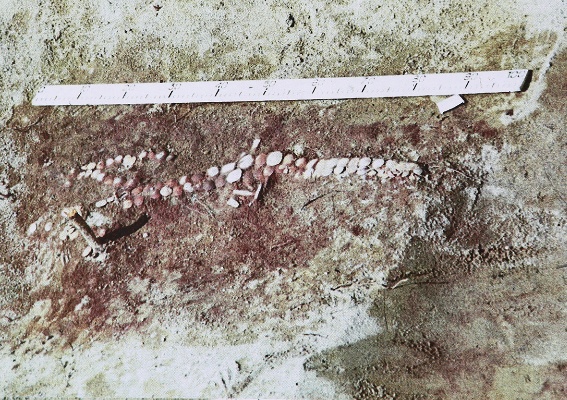
Before embarking on scholarly studies or organizing a display to introduce the public to the many finds from the Konchanskoye and Repishche burials, they need to be restored. The majority of the artefacts from those sites entered storage in a precarious condition. The finds are fragmented, some with traces of having been stuck back together in the field or of contamination from the soil. The surface of the pieces is, as a rule, completely covered with fine cracks; the edges crumble and break off. All the finds require conservation, and the volume of the work (just over 9,000 separate items) requires that a scientific way of describing their state of preservation be developed, and the carrying out of conservation measures that should be based on the results of experimental work. There are few publications on the study and preservation of archaeological amber.
Humans have been acquainted with amber since earliest times. Numerous finds from the Neolithic era indicate that at that time there was large-scale production of various artefacts from the material. The objects themselves can not only tell about the technological subtleties mastered in the very ancient working of the fossil resin or about trading exchanges, but also cast light on the creative self-expression of people in the last phase of the Stone Age. The rich ornamentation and distinctive shapes of the articles often reflect the world-view of those ancient people. The amber artefacts from Konchanskoye and Repishche are the sole surviving evidence of the burial ritual employed at those sites.
The results of the project will be exhibited on the open-storage tour route at the Staraya Derevnya Restoration and Storage Centre. The organization of a special exhibition devoted to the restoration of amber is a possibility. These items may also be used in major State Hermitage exhibitions devoted to archaeological masterpieces.
The tentative time scale for accomplishing the work is three years.
